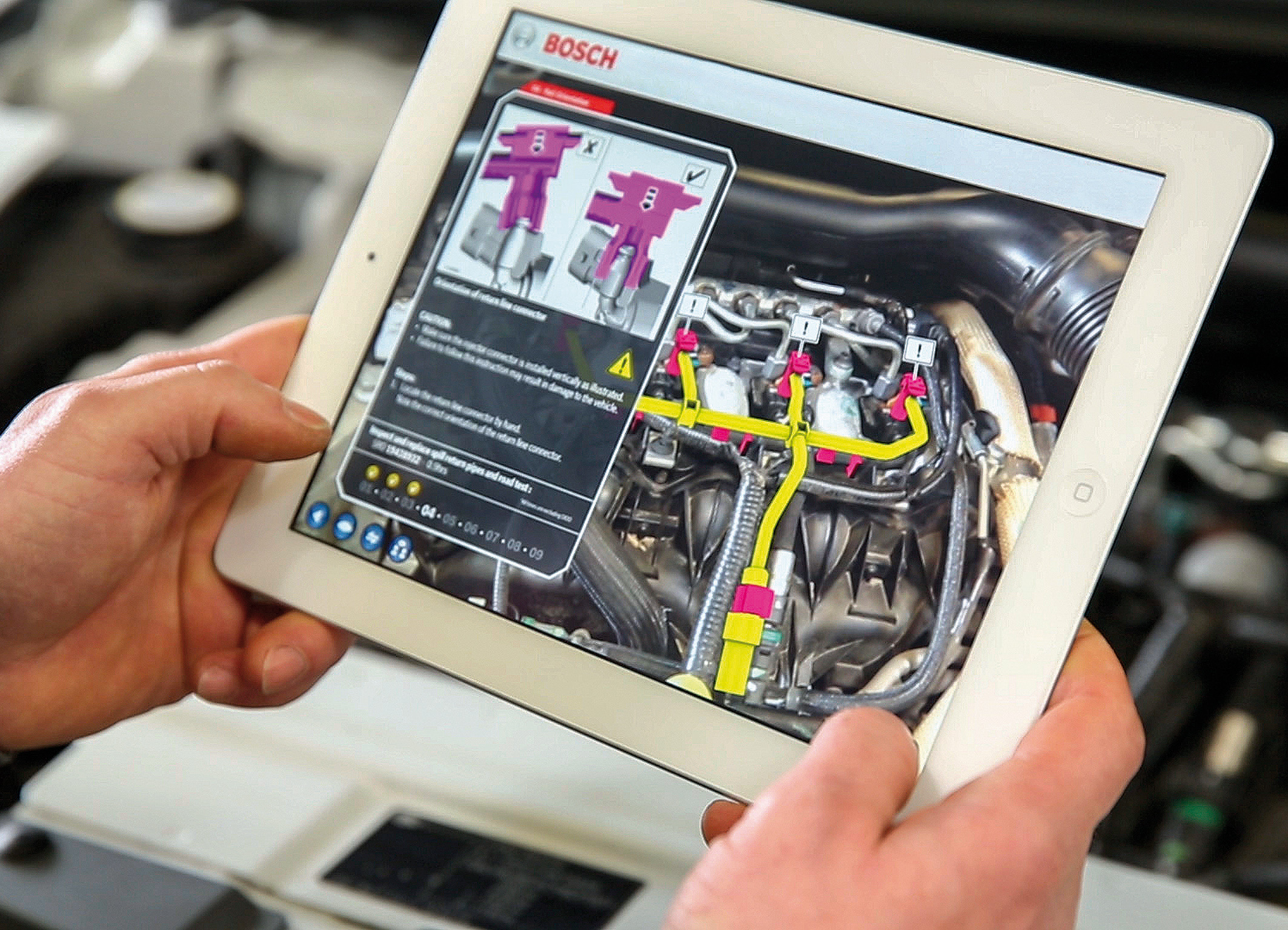Data Analytics
Data analysts exist at the intersection of information technology, statistics and business. They combine these fields in order to help businesses and organizations succeed. The primary goal of a data analyst is to increase efficiency and improve performance by discovering patterns in data.
As the process of analyzing raw data to find trends and answer questions, the definition of data analytics captures its broad scope of the field and it includes many techniques with many different goals. Hiring Tier 1 talent who understands that data analytics processes has some components that can help a variety of initiatives. Talent that through experience knows that by combining these components, a successful data analytics initiative will provide a clear picture of where you are, where you have been and where you should go.
Types of Data Analytics
Data analytics is a broad field. There are four primary types of data analytics: descriptive, diagnostic, predictive and prescriptive analytics. Each type has a different goal and a different place in the data analysis process. These are also the primary data analytics applications in business.
- Descriptive analytics helps answer questions about what happened. These techniques summarize large datasets to describe outcomes to stakeholders. By developing key performance indicators (KPIs,) these strategies can help track successes or failures. Metrics such as return on investment (ROI) are used in many industries. Specialized metrics are developed to track performance in specific industries. This process requires the collection of relevant data, processing of the data, data analysis and data visualization. This process provides essential insight into past performance.
- Diagnostic analytics helps answer questions about why things happened. These techniques supplement more basic descriptive analytics. They take the findings from descriptive analytics and dig deeper to find the cause. The performance indicators are further investigated to discover why they got better or worse. This generally occurs in three steps:
- Identify anomalies in the data. These may be unexpected changes in a metric or a particular market.
- Data that is related to these anomalies is collected.
- Statistical techniques are used to find relationships and trends that explain these anomalies.
- Predictive analytics helps answer questions about what will happen in the future. These techniques use historical data to identify trends and determine if they are likely to recur. Predictive analytical tools provide valuable insight into what may happen in the future and its techniques include a variety of statistical and machine learning techniques, such as neural networks, decision trees, and regression.
- Prescriptive analytics helps answer questions about what should be done. By using insights from predictive analytics, data-driven decisions can be made. This allows businesses to make informed decisions in the face of uncertainty. Prescriptive analytics techniques rely on machine learning strategies that can find patterns in large datasets. By analyzing past decisions and events, the likelihood of different outcomes can be estimated.
Visit Us
5201 Great America Parkway, Suite 320, Santa Clara, California, 95054



